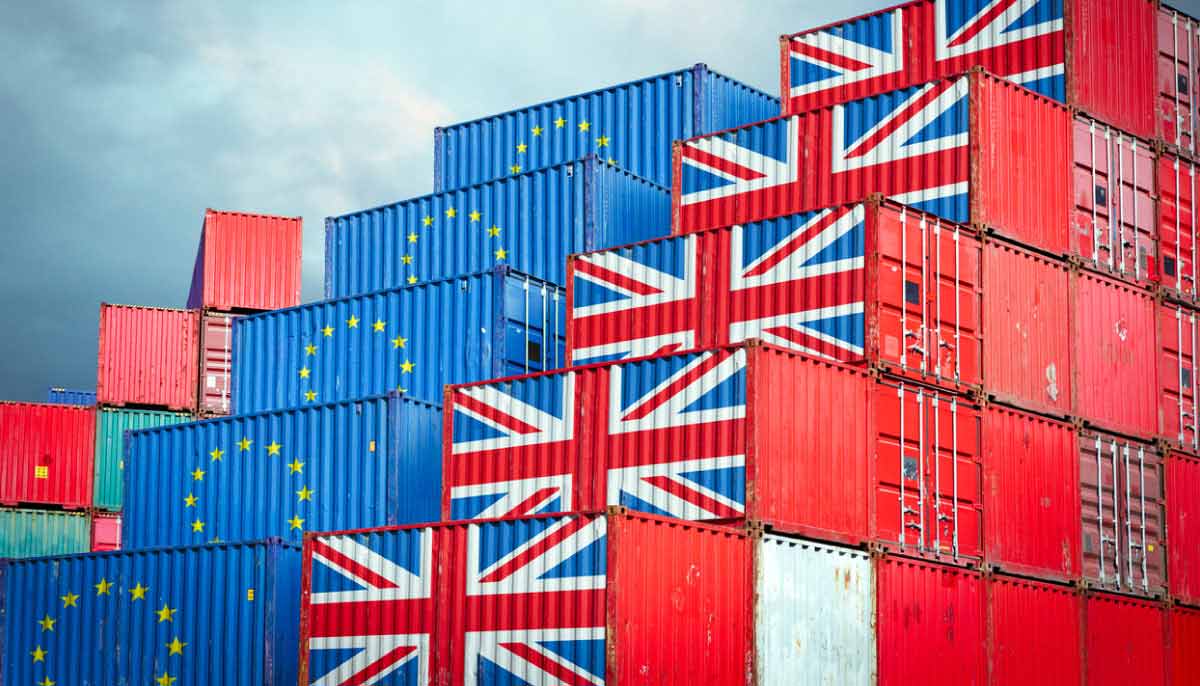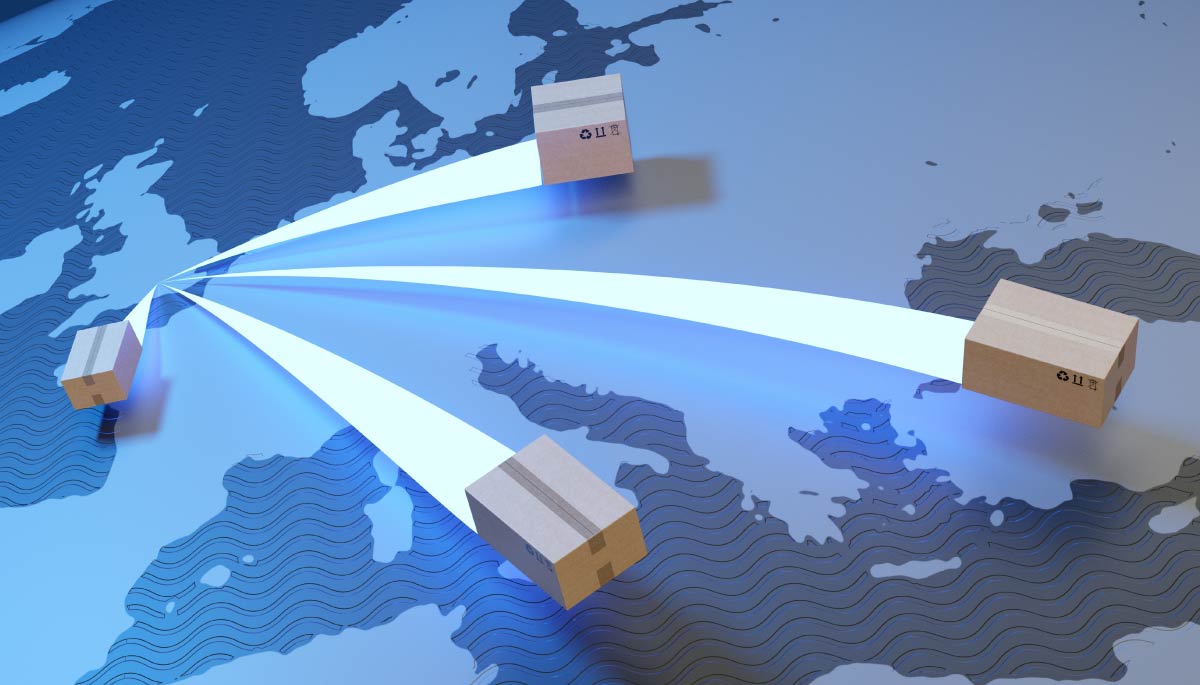
Preparing for a Post-Brexit Supply Chain and Logistics Strategy
The UK is currently pegged as the third largest market for e-commerce trade in the world. In fact, new figures show that Britain has become a favorite online supermarket for shoppers across the EU, with 32% of Germans surveyed saying they have bought goods online from the UK in the past 12 months. However, as the UK is set to leave the EU this month, the potential impact of Brexit is casting a wave of uncertainty over the future for online British retailers. Not only has the fall of the pound had a knock-on-effect to consumer spending[1], but retailers trading overseas are now facing an unprecedented inventory and distribution dilemma.
It is safe to say that the ambiguity over how the UK will actually exit the EU has propelled local businesses into a state of discontent and retailers have no option but to prepare for the worst-case scenario – a no-deal Brexit. This will see a serious disruption to cross-channel trading for businesses and require all products passed between the UK and EU to go through customs and a range of conformity procedures[2].
In terms of eCommerce, the UK will be removed from the Digital Single Market, an EU initiative that sets trade standards across member states, simplifying and standardizing cross-border commerce. Stricter border controls could result in a significant delay in the delivery of goods purchased online and create even more obstacles for the return of unwanted items. New tariffs as a result of a hard Brexit are also likely to increase the overall cost of trading for both retailers and their customers[3].
Fail to prepare – prepare to fail
With today’s consumers demanding products faster than ever before, the implications of Brexit could have a serious impact on how brands fulfill the needs of their customers both within the UK and the EU. In order to limit these challenges, many retailers are considering splitting their inventories, basing fulfillment in both the UK and the mainland continent to streamline their services to all European shoppers.
Whilst this might be an option for some, not all retailers will be able to afford such an investment, especially when the future still remains unclear. For mid to small size companies, outsourcing fulfillment operations can prove to be a more cost-effective solution that allows them to reach multiple geographies.
Others are looking to pop-up fulfillment centers as a short-term solution to this. These temporary distribution centers can be rapidly deployed to serve a particular region and can boost customer experiences with fast delivery times. E-tailers must begin by taking a look at the location of both existing and prospective customers and analyze what percentage of their sales are shipped from the UK to Europe and vice versa. From here they can establish the best option moving forward, that provides a quick and seamless delivery experience.

Streamlining processes from the supply chain to delivery
To tackle the inevitable challenges presented by Brexit, online retailers must assess their current fulfillment strategies and ensure they have the correct technology in place to increase supply chain efficiency. Preparation is essential, and part of this process will be ensuring you have a water-tight order and fulfillment process in place.
To meet basic expectations, retailers need to get products to customers within a two-day delivery cycle. If border controls are to get stricter this in itself has the potential to slow down cross-border delivery. Whilst this may be out of their control, e-tailers can minimize the impact by harnessing automated technologies that streamline the delivery process by offering full visibility over the logistics supply chain.
Reverse logistics must also be considered
Reverse logistics refers to all activity associated with a product after the point of sale. In other words, when a product reaches the customer and is then returned to a warehouse or shipping centre. This process is just as important as the initial delivery and must also be considered when navigating the uncertainties of Brexit.
The return of products can be extremely labour intensive and costly for companies. In fact, according to research, returns are costing UK retailers £60bn a year, £20bn of which is generated by items bought over the internet. With the cost of cross-border trading set to increase, e-tailers must ensure they are doing all they can to limit the rate of returns. Another study revealed that approximately 65% of all returns are because of mistakes by retailers, and 20% of consumers returned items because they received damaged products.
By assessing the effectiveness of packaging across the delivery chain, e-tailers can vastly reduce the risk of damages to products. Flexible order picking solutions can also be considered to ensure efficient selection of products off shelves to minimize error and reduce the chance of the wrong product being sent to the wrong customer. Order picking solutions such as these can be integrated directly into existing warehouses and can be a cost-effective and simple fulfillment solution.
Whilst the post-Brexit future still remains unclear, one thing is for certain – e-tailers must ensure they are agile enough to adapt. Preparation will be the key for online retailers navigating the stormy seas of Brexit and will be crucial to survival in today’s turbulent market place. Being able to respond to the challenges of Brexit will be essential in providing a seamless delivery experience that meets or exceeds customer expectations.
[1] https://www.theguardian.com/business/2016/oct/11/retailers-warn-weak-pound-blows-consumer-confidence-british-retail-consortium
[2] https://www.gov.uk/government/publications/trading-with-the-eu-if-theres-no-brexit-deal/trading-with-the-eu-if-theres-no-brexit-deal
[3] https://www.civitas.org.uk/reports_articles/potential-post-brexit-tariff-costs-for-eu-uk-trade/


